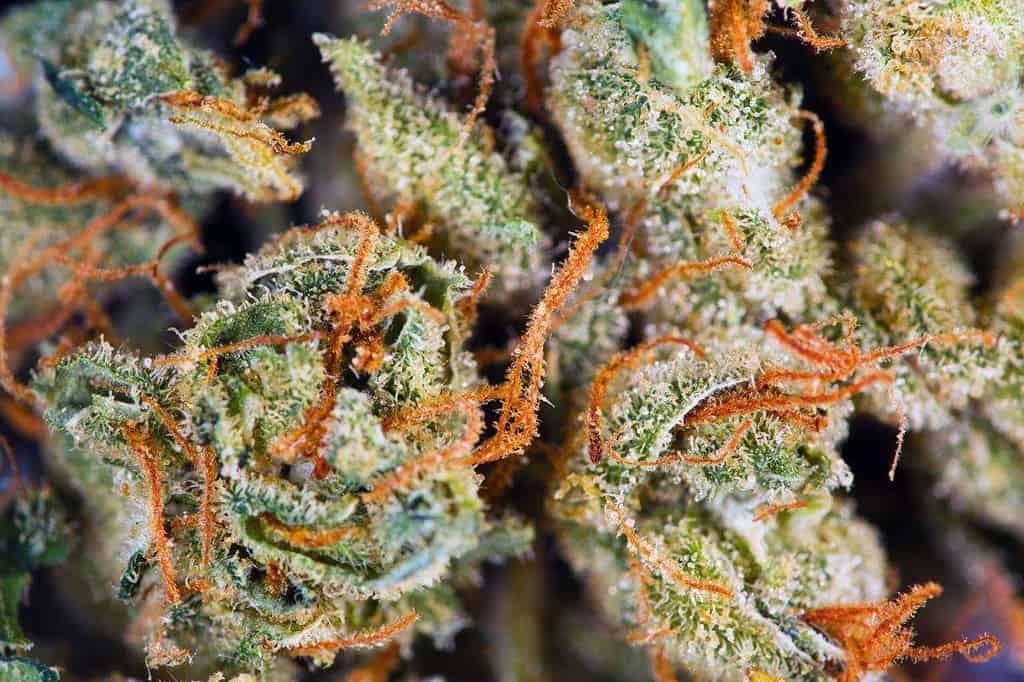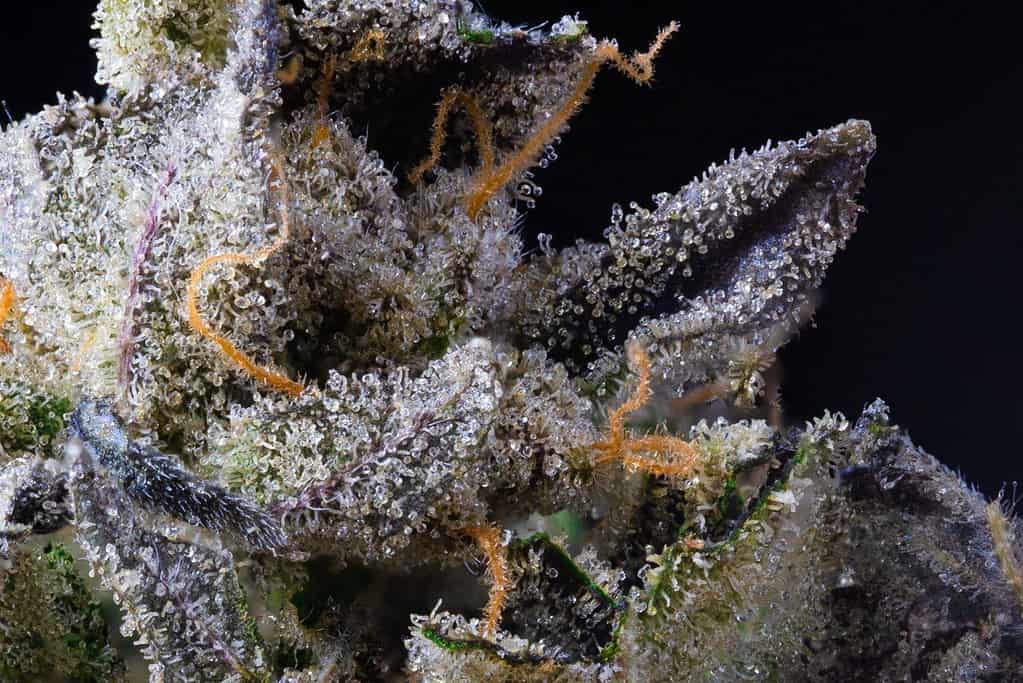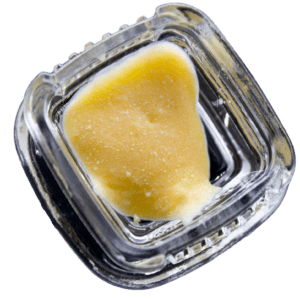
The Fascinating World of THCa: Unlocking Nature’s Hidden Marvel
Alan Rachmann

In the realm of cannabis, there exists a captivating compound that remains shrouded in mystery—THCa. As one of the plant’s primary cannabinoids, THCa possesses intriguing properties that have sparked curiosity and scientific exploration. This blog post aims to delve into the enigmatic world of THCa.
Explore how THCa sets itself apart with its distinct properties and potential therapeutic benefits, empowering you to unlock exciting breakthroughs in the world of cannabinoids.
The Origins of THCa: What Is It?
THCa, or tetrahydrocannabinolic acid, is a non-psychoactive cannabinoid abundantly found in raw, unheated cannabis plants. It serves as a precursor to the well-known psychoactive compound THC, and while THCa does not induce the intoxicating effects associated with THC, it offers a range of potential therapeutic benefits.
The THCa compound emerges during the early stages of the plant’s growth. From there, it gradually converts into THC as the plant matures and undergoes decarboxylation—heat-induced transformation.

Unveiling THCa’s Unique Properties:
Beyond its distinction as a non-psychoactive compound, THCa possesses its own remarkable attributes. It exhibits anti-inflammatory and neuroprotective properties, making it a subject of great interest in medical research. In fact, preliminary studies suggest that THCa might aid in relieving nausea, reducing inflammation associated with conditions like arthritis, and even potentially inhibiting the growth of certain cancer cells.
Moreover, tetrahydrocannabinolic acid showcases promising possibilities in treating neurodegenerative diseases like Alzheimer’s and Parkinson’s, offering hope for improved therapeutic interventions.
Exploring THCa’s Future Potential
As research into the cannabis plant and its compounds continues to expand, the future of tetrahydrocannabinolic acid holds immense potential. For example, scientists are actively exploring methods to harness THCa’s benefits without converting it into THC. This pursuit could lead to the development of innovative therapies and medicines that leverage THCA’s unique properties while avoiding the psychoactive effects.
Moreover, the incorporation of tetrahydrocannabinolic acid-rich cannabis strains into wellness products such as vapes and concentrates is gaining traction, allowing individuals to explore the therapeutic possibilities of this intriguing cannabinoid.

Conclusion:
In any case, tetrahydrocannabinolic acid stands as a captivating cannabinoid in the vast tapestry of cannabis compounds. Its non-psychoactive nature and potential therapeutic benefits make it an area of intense research and exploration. By unraveling the mysteries surrounding THCa, we pave the way for exciting discoveries and the development of novel treatments, providing hope for a brighter future in the realm of cannabis therapeutics.
Alan Rachmann
Leave a Comment
About El Jay's
We take pride in offering organically-grown THCa flower that is lab-tested to ensure the highest quality and purity. Our dedication to using sustainable and natural growing practices ensures that our flower is free of harmful pesticides and chemicals. Click here to view all our product offerings.
Recent Posts
Shop Now
-
- Sale!
Wholesale THCa Hemp Live Resin Badder – Choose Your Strains
- $950.00 – $3,250.00Price range: $950.00 through $3,250.00
- Rated 5.00 out of 5
- Select options This product has multiple variants. The options may be chosen on the product page
-
El Jay’s THCa Hemp Diamonds
- $25.99 – $67.99Price range: $25.99 through $67.99
- Rated 4.80 out of 5
- Select options This product has multiple variants. The options may be chosen on the product page
Contact Us
Sign up for our Newsletter
By submitting this form, you agree to receive emails from us.






This Post Has One Comment
big fan of your writing here, Alan. Kudos on the great job you’re doing explaining this to an old man like me.